44 States, U.S. Territories, Tribes Intend to Launch Permanent Summer EBT Program in 2024; Even More Expected in 2025
The U.S. Department of Agriculture announced that 35 states, all five U.S. territories, and four tribes plan to be the first to launch the new, permanent summer grocery benefits program for children – known as Summer Electronic Benefit Transfer – in summer 2024. They include:
- American Samoa
- Arizona
- Arkansas
- California
- Cherokee Nation
- Chickasaw Nation
- Colorado
- Commonwealth of the Northern Mariana Islands
- Connecticut
- Delaware
- Guam
- Hawaii
- Illinois
- Indiana
- Kansas
- Kentucky
- Maine
- Maryland
- Massachusetts
- Michigan
- Mississippi Band of Choctaw Indians
- Minnesota
- Missouri
- Montana
- Nevada
- New Hampshire
- New Jersey
- New Mexico
- New York
- North Carolina
- North Dakota
- Ohio
- Oregon
- Osage Nation
- Pennsylvania
- Puerto Rico
- Rhode Island
- Tennessee
- Utah
- U.S. Virgin Islands
- Virginia
- Washington
- West Virginia
- Wisconsin
USDA estimates that, in total, the states, U.S. territories, and tribes that have committed to launching the Summer EBT program in summer 2024 will serve close to 21 million children, providing a total of nearly $2.5 billion in grocery benefits. This is around 70% of the total population of children eligible for Summer EBT. USDA expects additional states and tribes will provide Summer EBT in 2025.
Through this new program, states will provide families with $120 per eligible child for the summer to buy food at grocery stores, farmers markets or other authorized retailers – similar to how SNAP benefits are used. Participating tribes will provide a benefit of the same amount that can be used to buy food at WIC-authorized retailers.
“Summer grocery benefits are becoming a reality for many communities across the nation and for tens of millions of children who will receive the nutrition they need to grow, learn, and thrive,” said Agriculture Secretary Tom Vilsack. “We applaud all the leaders and partners who are stepping up to make the program’s inaugural year a success. Together we’re making progress in closing the summer hunger gap and ensuring children are nourished and healthy year-round.”
Rigorous evaluations of a multi-year demonstration project showed that providing Summer EBT reduced child hunger and improved diet quality. Summer grocery benefits decreased the number of kids with very low food security by about one-third and supported healthier diets featuring more fruits, vegetables and whole grains.

Credit: USDA
The new, permanent Summer EBT program advances the goals of the Biden-Harris Administration’s White House Conference on Hunger, Nutrition and Health to enhance food and nutrition security and improve food access and affordability. It was enacted on a bipartisan basis by Congress just over one year ago.
This is the inaugural year of the program, meaning states and tribes that do not launch the program this summer will have future opportunities to opt-in. USDA’s goal is for Summer EBT to be available nationwide as soon as possible. The Department is providing extensive assistance, trainings, tools and more to the states, U.S. territories and tribes targeting a 2024 roll-out as well as to those planning for 2025 and beyond. Working with future implementers is a top priority.
Later this month, USDA Deputy Secretary Xochitl Torres Small will join state, U.S. territory and tribal leaders, and partners from across the country in Baltimore to celebrate the positive difference this program will make for millions of children.
“No kid should have to spend their summer hungry, or without nutritious food,” said Agriculture Deputy Secretary Torres Small. “Summer EBT is a giant step forward in meeting the needs of our nation’s children and families throughout the year, and especially in the summer months.”
Summer EBT is one of three key mechanisms that USDA is now using to tackle child hunger during the summer months. Families are encouraged to participate in all summer nutrition programs available to them. Summer meal sites provide free meals to families across the country, and many rural communities now offer to-go or home-delivered summer meals to increase access to this vital nutrition support.

For More Information
- Webpage: Summer EBT
- Webpage: Summer Nutrition Programs
- Fact Sheet: Summer EBT – A Tested and Effective Strategy for Ending Summer Hunger
USDA’s Food and Nutrition Service works to end hunger and improve food and nutrition security through a suite of 16 nutrition assistance programs, such as the school breakfast and lunch programs, WIC and SNAP. Together, these programs serve 1 in 4 Americans over the course of a year, promoting consistent and equitable access to healthy, safe and affordable food essentials to optimal health and well-being. FNS also provides science-based nutrition recommendations through the co-development of the Dietary Guidelines for Americans. FNS’s report, “Leveraging the White House Conference to Promote and Elevate Nutrition Security: The Role of the USDA Food and Nutrition Service,” highlights ways the agency will support the Biden-Harris Administration’s National Strategy, released in conjunction with the historic White House Conference on Hunger, Nutrition, and Health in September 2022. To learn more about FNS, visit www.fns.usda.gov and follow @USDANutrition.



